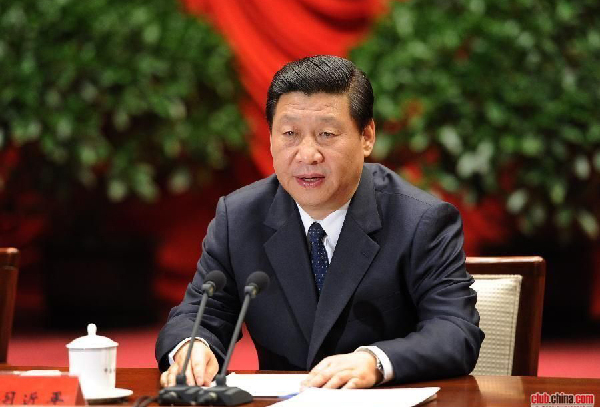当前位置: Language Tips> 新闻热词> Business Hot Word 经济
10 日,国家主席习近平主持召开中央财经领导小组第十一次会议,会上首次提出“供给侧改革”。这被外界解读为“中央经济治理思路现重大转变”。

请看《中国日报》报道:
At the 11th meeting of the central finance and economy leading group on Nov 10, President Xi Jinping stressed that China should strengthen structural reform of the supply front to increase the quality and efficiency of supply system and provide a growth impetus for sustainable economic development.
在11月10日召开的中央财经领导小组第十一次会议上,国家主席习近平强调,我国应着力加强供给侧结构性改革,着力提高供给体系质量和效率,为可持续经济发展提供增长动力。
这体现了我国政府在宏观经济政策上的新思路(new thinking),也为今后的宏观经济政策(macroeconomic policy)指明了方向。
供给侧经济(supply-front economics)通过资本投资(investing in capital),和降低生产产品服务(goods and services)的门槛(lowering barriers)促进增长。凯恩斯理论(Keynesian theory)认为,需求是推动经济发展的源动力(primary driving force)。与此相反,供给侧经济主张通过更低的税率(lower tax rates),和减少管制来扩大供应,从而创造更多需求(creating more demand)。
At present, China's reform of the supply front during the new normal is a comprehensive strategic deployment that involves various aspects including industries, macro control, capital and the fiscal and taxation systems.
目前,在我国处于新常态时期,“供给侧改革”是涵盖包括工业、宏观调控、资本和财税制度等各个方面的一项全方位战略部署。
我国应推动吸收过剩产能(excessive production capacity)、优化重组产业结构(industrial optimization and reorganization)。企业应当通过降低成本(reducing costs)保持竞争力(keeping their competitive edge)。地产行业(real estate industry)应减少库存(reducing stock)来推动可持续发展。
此外,应注意防范和减少金融风险(financial risks),加快提高市场占有率(share market)。
(中国日报网英语点津 丁一)
上一篇 : 马云:用EWTO帮小人物走向成功
下一篇 :
关注和订阅


电话:8610-84883645
传真:8610-84883500
Email: languagetips@chinadaily.com.cn